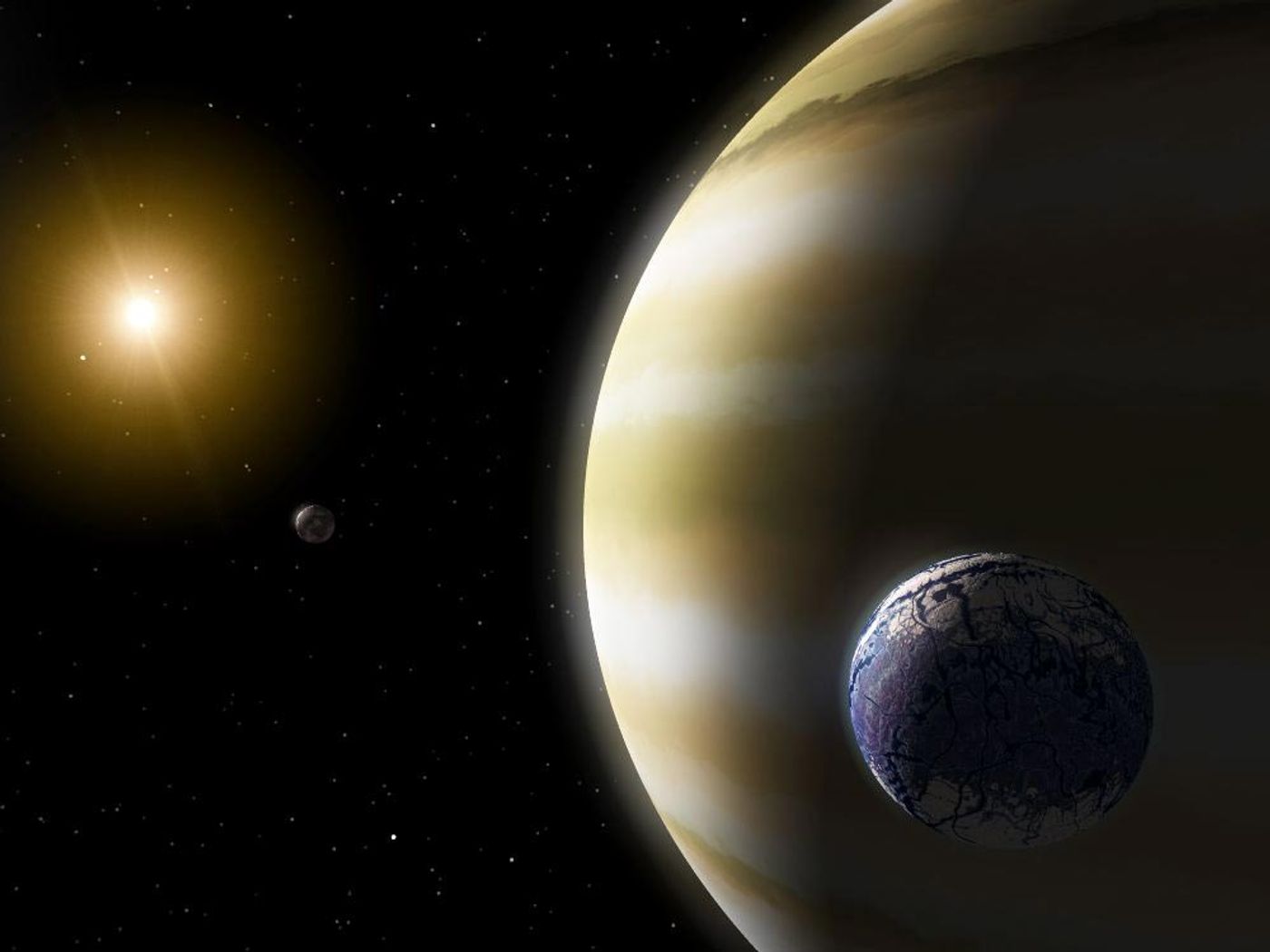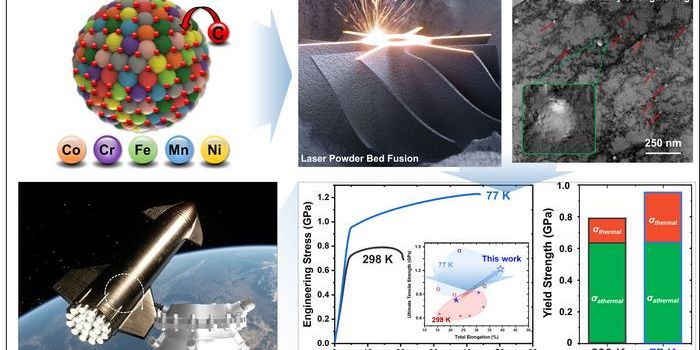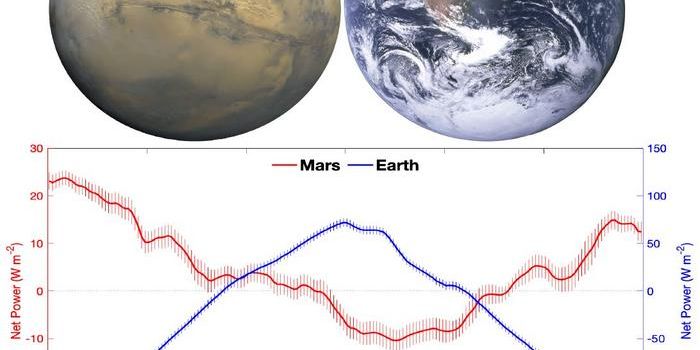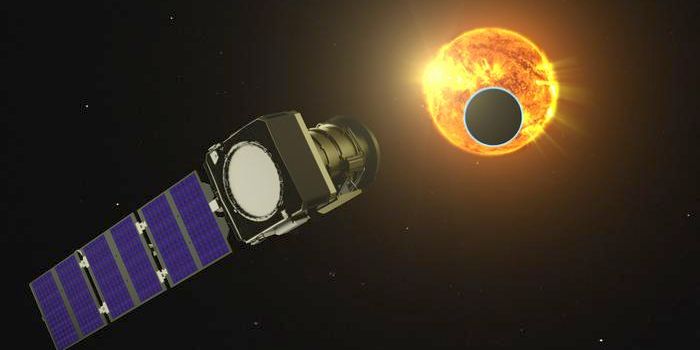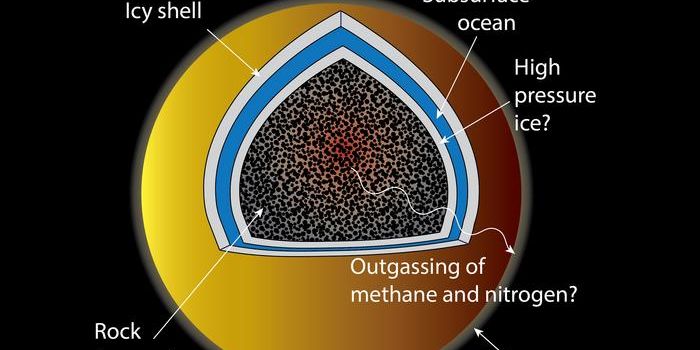Reevaluating Exomoon Claims: New Study Challenges Findings around Kepler-1625b and Kepler-1708b
A recent study published in Nature Astronomy uses a new method to challenge previous studies regarding the discoveries of the first exomoons around two exoplanets, Kepler-1708b and Kepler-1625b, located approximately 5,436 and 7,534 light-years from Earth, respectively. This study was conducted by researchers at the Max Planck Institute for Solar System Research and the Sonnenberg Observatory and holds the potential to develop new observational methods in identifying and confirming the existence of exomoons throughout the cosmos.
Artist illustration of an exomoon orbiting a gas giant. (Credit: NASA/JPL-Caltech)
"Exomoons are so far away that we cannot see them directly, even with the most powerful modern telescopes," said Dr. René Heller, who is an astrophysicist at Max Planck and lead author of the study.
For the study, the researchers used an open-source computer algorithm known as Pandora, which they made public in a 2022 paper published in Astronomy & Astrophysics. The goal of Pandora is to speed up the search for exomoons better than longstanding algorithms and was used in this study to ascertain if previous data regarding the discoveries of exomoons orbiting Kepler-1708b and Kepler-1625b was genuine. Their results indicated the data regarding the exomoon orbiting Kepler-1708b was likely due to stellar activity found within the data from NASA’s Kepler Space Telescope and the data on the exomoon orbiting Kepler-1625b was from misinterpreted data from NASA’s Hubble Space Telescope.
"We would have liked to confirm the discovery of exomoons around Kepler-1625b and Kepler-1708b," said Dr. Heller. "But unfortunately, our analyses show otherwise.”
Along with finding exomoons, Pandora is also programmed to predict the kinds of exomoons that observational data could identify, as well. Additionally, Pandora also predicts that our current technology is only able to identify exomoons larger than the Earth orbiting exoplanets in large orbits.
What new discoveries will astronomers make about exomoons in the coming years and decades? Only time will tell, and this is why we science!
As always, keep doing science & keep looking up!
Sources: Nature Astronomy, EurekAlert!, NASA, NASA (1), Max Planck Institute for Solar System Research, Astronomy & Astrophysics, NASA (2), NASA (3)
